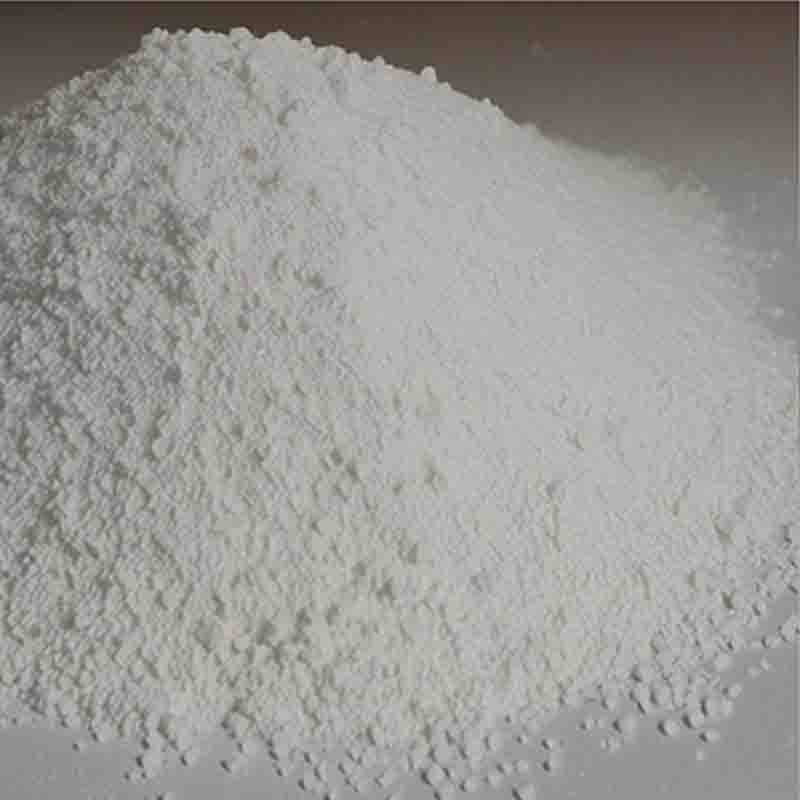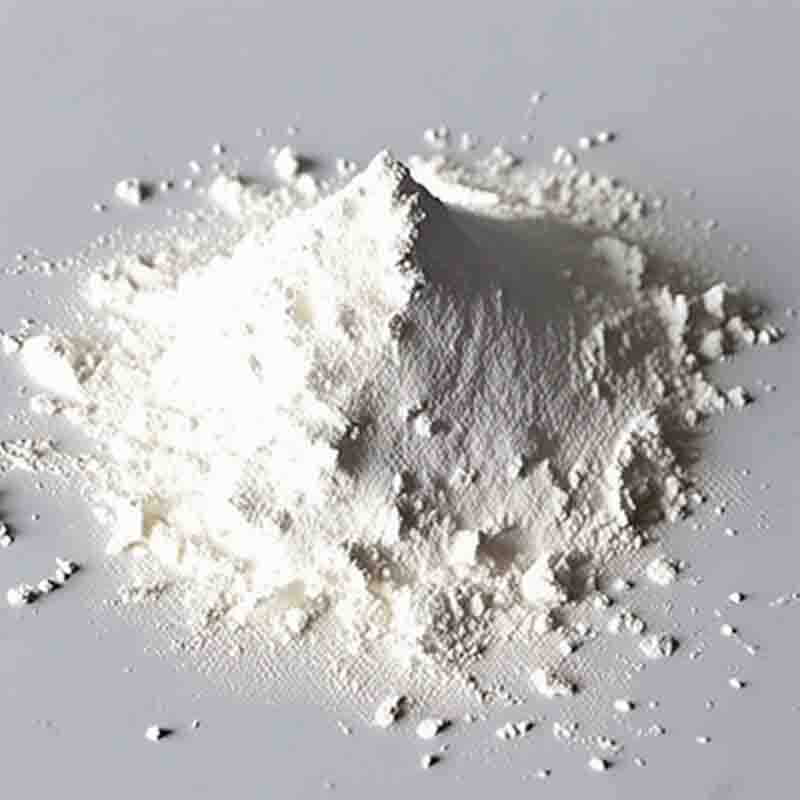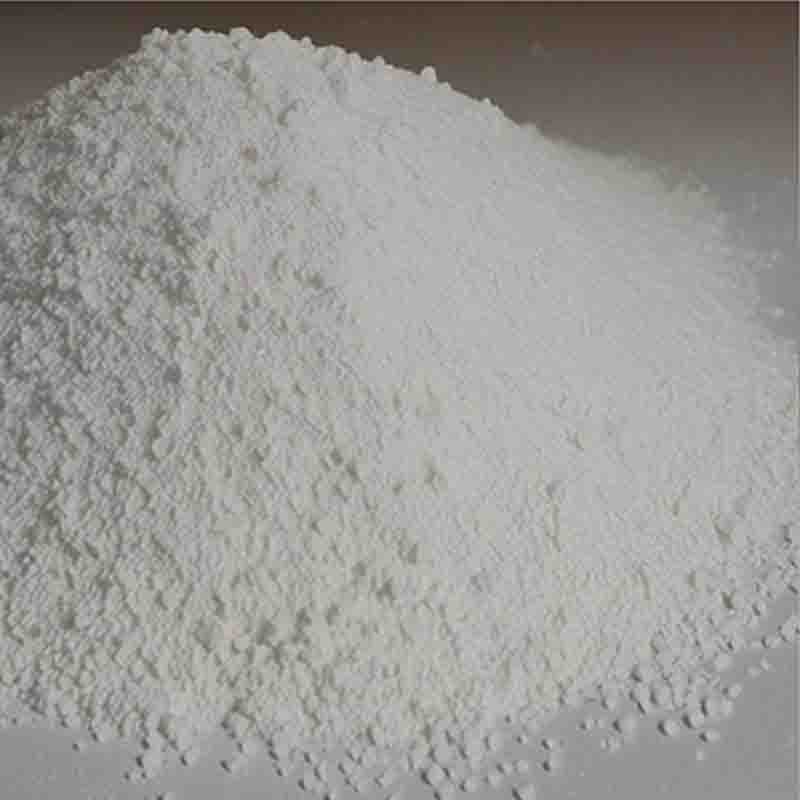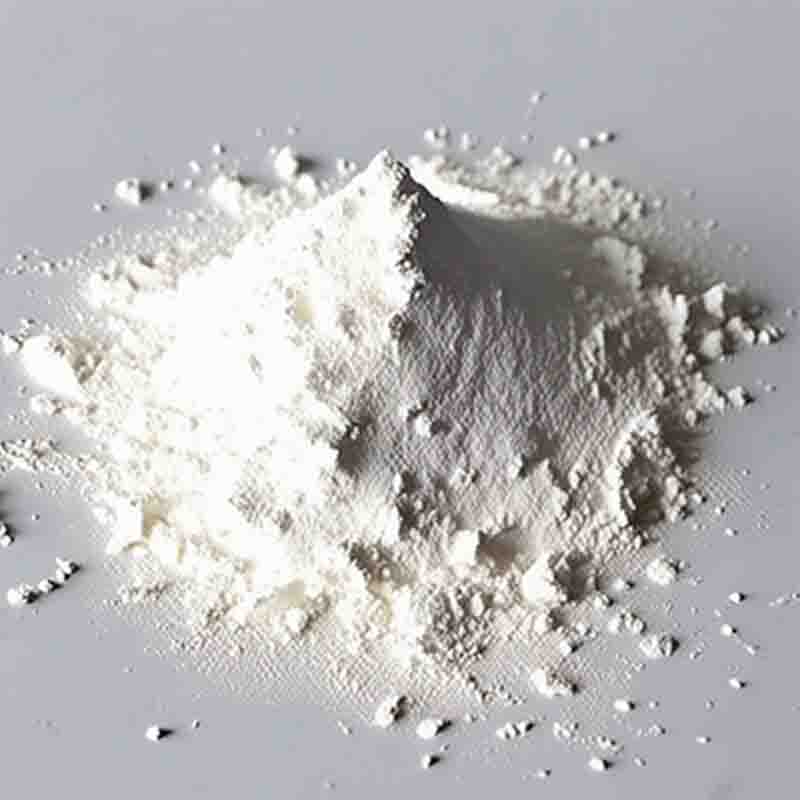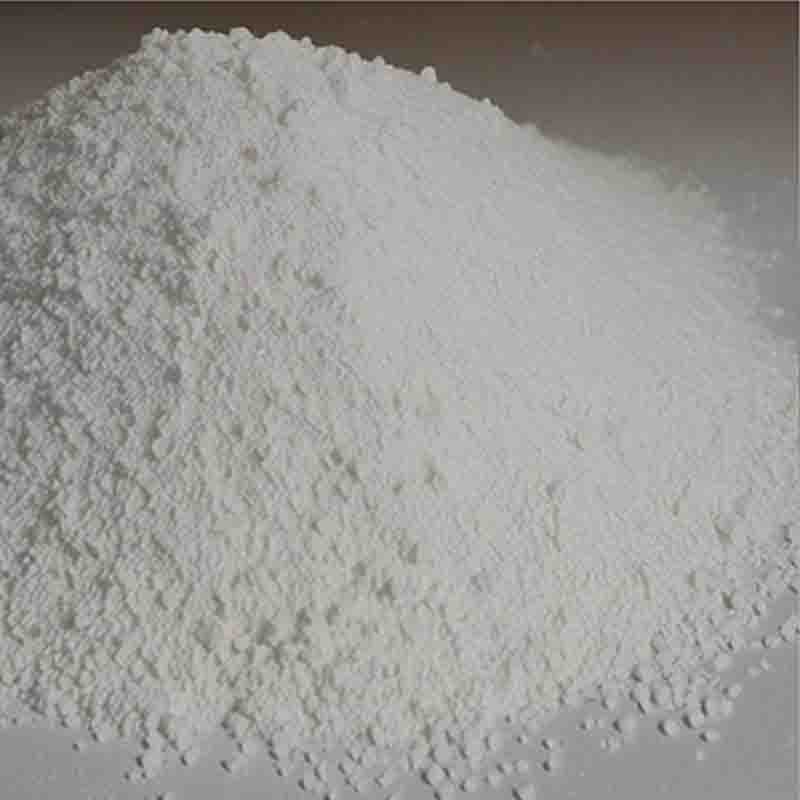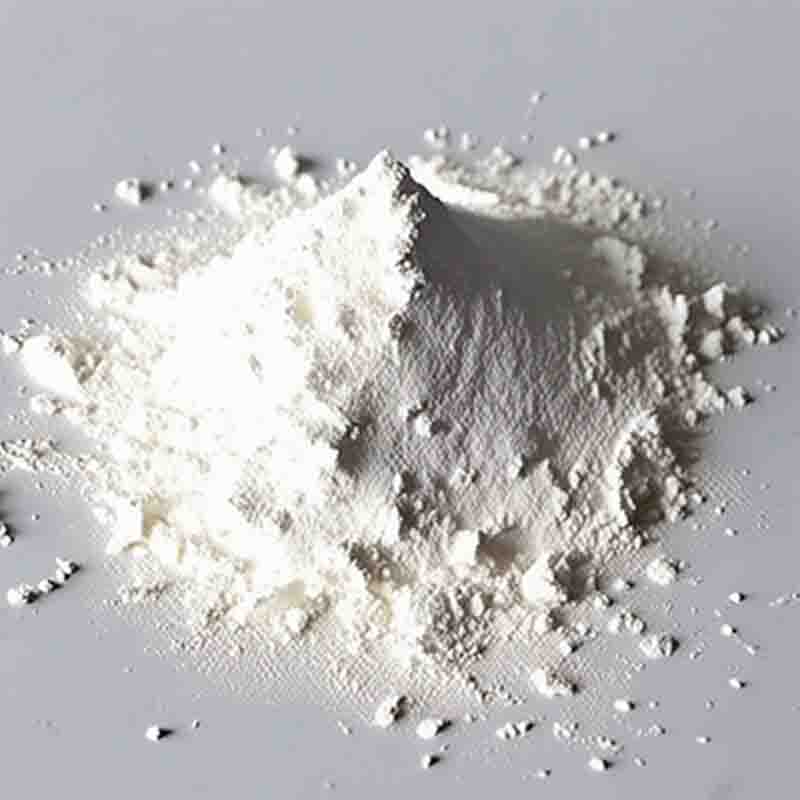Tetrakis(triphenlphosphine)palladium CAS: 14694-95-2
| Catalog Number | XD93969 |
| Product Name | Tetrakis(triphenlphosphine)palladium |
| CAS | 14694-95-2 |
| Molecular Formula | C54H45ClP3Rh |
| Molecular Weight | 925.21 |
| Storage Details | Ambient |
Product Specification
| Appearance | White powder |
| Assay | 99% min |
Tetrakis(triphenylphosphine)palladium, also known as Pd(PPh3)4, is a coordination complex of palladium that has a wide range of applications in chemical synthesis, particularly in organic chemistry.One of the most common uses of Tetrakis(triphenylphosphine)palladium is in palladium-catalyzed cross-coupling reactions. Cross-coupling reactions involve the formation of a new carbon-carbon bond between two different organic compounds. This process is facilitated by the use of a catalyst, such as Pd(PPh3)4, which helps to bring the reactants together and promote the desired chemical transformation. Cross-coupling reactions are widely used in the synthesis of pharmaceuticals, agrochemicals, and specialty chemicals.Tetrakis(triphenylphosphine)palladium also finds application in other palladium-catalyzed reactions, such as Heck reactions, Suzuki-Miyaura coupling, Stille reactions, and Sonogashira reactions, to name a few. These reactions enable the construction of complex organic molecules by forming carbon-carbon and carbon-heteroatom bonds. The versatility of Pd(PPh3)4 as a catalyst in these reactions has revolutionized synthetic organic chemistry, allowing for efficient and selective synthesis of a wide array of organic compounds.Additionally, Pd(PPh3)4 is used in various other transformations, including hydrogenation and oxidation reactions. In hydrogenation reactions, it is commonly used as a catalyst for the reduction of alkenes, alkynes, and carbonyl compounds to their corresponding saturated forms. In oxidation reactions, it can facilitate the conversion of alcohols to aldehydes or ketones.Moreover, Tetrakis(triphenylphosphine)palladium is frequently employed in the synthesis of palladium nanoparticles. These nanoparticles have unique properties, such as high surface area and reactivity, enabling their application in catalysis, sensing, and electronic devices.In summary, Tetrakis(triphenylphosphine)palladium is a vital catalyst in organic chemistry. It is widely used in palladium-catalyzed cross-coupling reactions, as well as other essential transformations, enabling the synthesis of a vast range of organic compounds. Its versatility and efficiency make it a crucial tool for synthetic chemists, contributing to advancements in drug discovery, materials science, and chemical manufacturing.


